Introduction to Norse Mythology
Nordic mythology, rich in epic tales and legendary characters, represents an essential part of the cultural heritage of the Scandinavian peoples. These myths, elaborated during the Viking era, describe a complex universe populated by gods, giants and mythical beings, reflecting the beliefs and values of these ancient societies. The reach of this mythology extends far beyond Nordic borders, influencing literature, the arts and even contemporary popular culture. Famous works such as the novels of J.R.R. Tolkien and the films of the Marvel universe bear witness to its lasting impact.
The Origins of the World According to Norse Mythology
According to Norse mythology, the world emerged from original chaos. At the heart of this cosmogony is the giant Ymir, whose body gave birth to the various elements of the universe. His blood formed the oceans, his bones the mountains, and his skull the sky. This cosmic vision is completed by the creation of Asgard, the realm of the Aesir, a faction of Norse gods, and other worlds inhabited by diverse entities such as humans, giants and elves. Each world is interconnected by Yggdrasil, the cosmic tree, symbolizing life and the interdependence of the different planes of existence.
Major gods and goddesses (Ases and Vanes)
- Odin: At the top of the hierarchy of Norse gods is Odin, the principal god. Depicted as a wise and cunning warrior, Odin is the god of war, wisdom, poetry and magic. His ceaseless quest for knowledge leads him to sacrifice an eye in exchange for wisdom. He is also the father of many gods, including Thor and Baldr.
- Thor: Thor, the god of thunder, is one of the most venerated gods in Norse mythology. Armed with his hammer Mjölnir, he is the protector of gods and men against the forces of chaos, especially giants. Thor is also associated with fertility, and is revered for bringing rain and blessing harvests.
- Loki: A complex, ambivalent figure, Loki is the god of mischief, fire and transformation. Known for his tricks and metamorphoses, he plays a central role in many stories, often causing trouble for gods and men alike. His children, notably the wolf Fenrir, the serpent Jörmungandr and the goddess of the underworld Hel, are key figures in Norse myths.
- Freyr: Belonging to the Vanes, another tribe of deities linked to fertility, prosperity and well-being, Freyr is an important god in Vanes myths. He is often portrayed as a generous and benevolent god, watching over the wealth and peace of mankind.
- Baldr: Baldr, the god of beauty, love and happiness, is famous for his tragic death, one of the most significant events in Norse mythology. His death, orchestrated by Loki, is a harbinger of Ragnarok, the end of the world.
- Goddesses: Goddesses also play a vital role in Norse mythology. They embody various aspects of life, from war and death to love and fertility. Their influence and power are often portrayed as equal, if not superior, to that of their male counterparts.
Epic tales and legends
- The role of trees, especially Yggdrasil: Yggdrasil, the cosmic tree, is a powerful symbol in Norse mythology. This gigantic tree links the nine worlds, including Asgard, the realm of the gods, and Midgard, the world of men. Yggdrasil represents the connection between heaven, earth and the beyond, and is a vital element in the Norse cosmic order.
- Tales of giants, mythical creatures and monsters: Giants play a major antagonistic role in Norse mythology, often in conflict with the gods. These creatures embody the forces of nature and chaos. Among them, Jörmungandr, the giant snake that surrounds Midgard, and Fenrir, the gigantic wolf, are particularly notable.
- Emblematic myths, such as those linked to Odin's horse: Among the many mythological tales, the story of Odin's eight-legged horse, Sleipnir, born of Loki's wiles, is one of the most fascinating. Sleipnir, the fastest and noblest of horses, symbolizes speed, strength and travel between worlds.
Ragnarok: Apocalypse and Renewal
Ragnarok is the dramatic climax of Norse mythology, marking the end of one cycle and the beginning of a new one. This cataclysmic battle results in the death of many gods, including Odin, Thor and Loki, and the destruction of the known universe. However, Ragnarok is not just an end; it's also a renewal. According to myth, the world will rise from its ashes, and a new generation of gods and men will emerge, symbolizing the cyclicality of life and nature.
The influence of Norse mythology on Viking culture
Norse mythology had a profound influence on Viking culture, permeating their religious beliefs, social practices and art. Vikings interpreted myths as guides to life, ritual and celebration. Artistic representations of gods, monsters and mythological symbols were common in Viking craftsmanship, reflecting a deep integration of these stories into their daily lives.
Historical and literary sources
- The Eddas: Nordic myths have come down to us mainly through the Eddas, collections of poems and stories written in Old Norse. Their two main forms are the Poetic Edda, a collection of ancient poems detailing the exploits of gods and heroes, and Snorri Sturluson's Prose Edda, which offers an interpretation and systematization of the myths for a medieval audience.
- Historical contributions and their interpretation: In addition to the Eddas, other sources such as the sagas, runic inscriptions and archaeological finds provide further insights into Norse mythology. Interpretation of these sources continues to evolve, offering new insights into the understanding of these ancient stories.
In short, Norse mythology offers a fascinating glimpse into a universe rich in symbols, wisdom and heroic tales. It continues to influence modern culture, testifying to its relevance and timeless appeal. The gods and heroes of these myths, and their extraordinary adventures, never cease to capture the imagination, making Norse mythology a subject of perpetual study and fascination.
Découvrez tous nos articles

Trolls, creatures of the mountains: their appearance and role in Nordic legends
Trolls inhabit the dense forests and inaccessible peaks of Norse mythology. These fascinating creatures are much more than just fairy-tale monsters; …
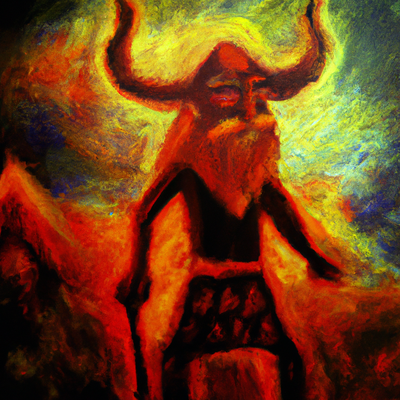
The Eternal Flame of Surtr: A Journey to the Heart of Norse Mythology
When we think of the great mythical figures of Norse mythology, we often think of Odin, Thor and Loki. Yet there's an equally fascinating and powerfu…
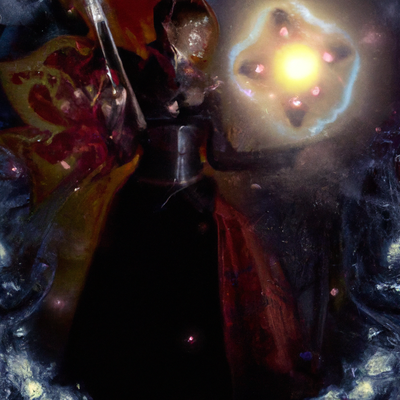
Gullveig, the burnt witch and her resurrection: Her association with magic and her influence on the gods
In the exciting pantheon of Norse mythology, where gods, giants and heroes intermingle in epic sagas, few figures are as mysterious and fascinating a…
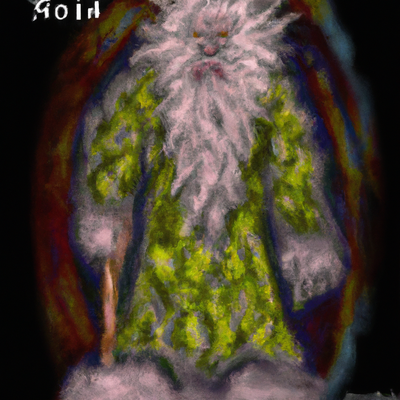
Odin, Chief of the Nordic Gods: His role and his exploits
In the epic mists of ancient Scandinavia, no other name resonates with such power and mystery as that of Odin, supreme ruler of the Norse deities. A …
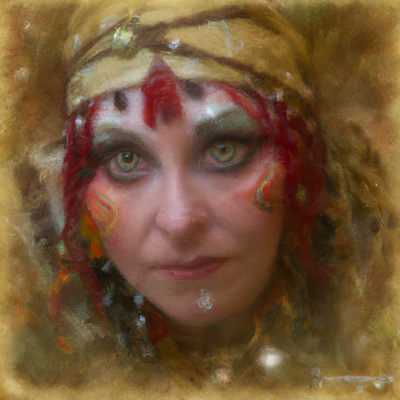
Rán, goddess of the seas and shipwrecks: her association with death at sea and her legends.
In the vast and tumultuous pantheon of Norse mythology, Rán, goddess of the seas, emerges as a figure as fascinating as she is feared. She symbolizes…
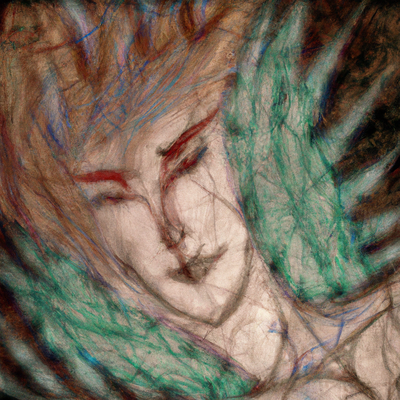
Baldr, the god of beauty and light: His tragic fate and resurrection
Baldr is a radiant figure in the complex web of Norse mythology, resonating as a symbol of light, beauty and goodness. Son of Odin the Almighty and F…

Völundr, the legendary blacksmith and his creations: His talent and role in the manufacture of magical objects
In the pantheon of legendary figures from Nordic and Germanic mythology, few shine as brightly as the divine blacksmith Völundr, also known as Waylan…

The seidrs, practitioners of Nordic magic: Their power and their connection with the forces of nature
For centuries, Nordic magic has woven a mystical and fascinating web around Viking cultural heritage. At the vibrant heart of a world where the super…








